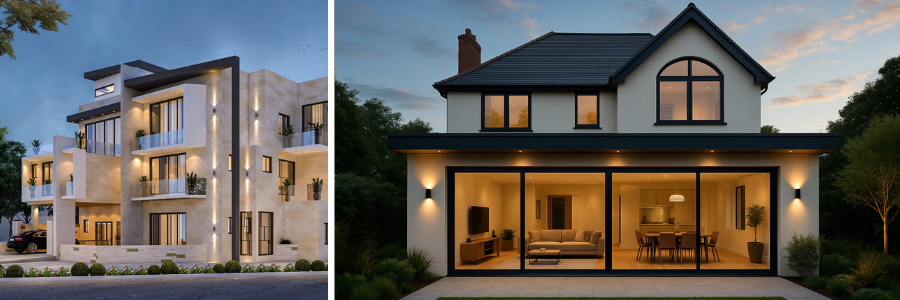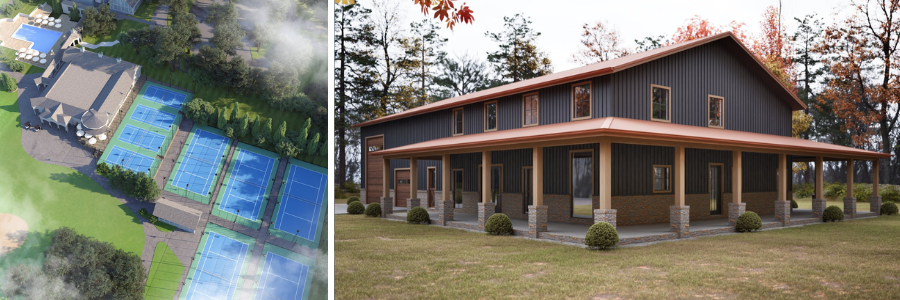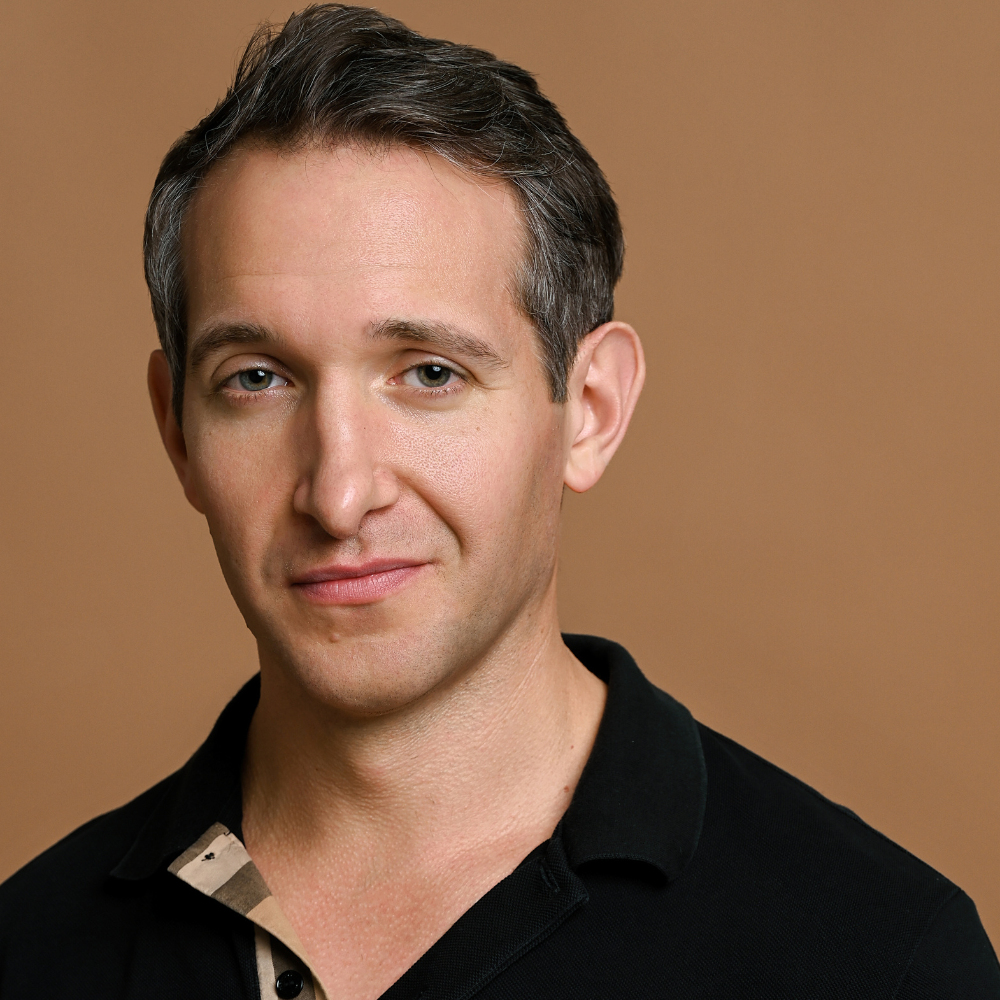Numerous industries are now turning to 3D rendering for many sensible reasons. It’s a critical tool that allows designers, architects, builders, and realtors to perform their jobs properly. Thanks to 3D plans, they can make it easier for themselves and also for their clients to envision their projects, view the different facets of the property, and identify omissions and flaws.
But despite all these apparent benefits, the prices of architectural visualization aren’t as clear-cut as you want them to be. The truth is that the costs of these services may range from a few hundred to several thousand dollars.
Cad Crowd is the leading agency that can help you connect with experts providing 3D rendering design services for your firm. Consisting of over 106,000 freelancers, we pride ourselves on our ability to give reasonable service rates while still exceeding your highest standards. Whether you’re looking for innovative solutions, new concept design, strategic insights, or top-tier execution, Cad Crowd has the expertise and the talent to bring your vision to life.
This post tackles the pricing factors for architectural visualization and hourly 3D rendering rates for your firm’s projects. The following are some of the factors that you need to know to determine how much you will be paying for your architectural renderings.
🚀 Table of contents
Labor
Several professionals work together to complete a single architectural rendering project. However, 3D artists who handle the project hold an important role. They take advantage of how much they understand the project as well as the specific vision of the client to finish numerous tasks. These include creating and texturing a 3D model and setting up the camera and lighting.
The amount of labor that is poured into one project may also vary according to the level of complexity of the details and the various distinct elements included in them. For example, a 3D artist working on residential and commercial renderings will only need to spend minimal energy on the latter, even with their size considered.
Basically, everything depends on whether it is possible to complete the project with the assistance of automated processes and the items that might already exist in the 3D library of the artist. As expected, it will take more work to finish a project if it also requires more customization.
The other aspects of the process of 3D rendering are also part of the responsibility of the project managers, as well as the post-processing artists, dealing with the finishing touches. Most 3D architectural visualization companies today can deal with the details and incorporate the finishing touches with the help of Photoshop. But there are firms that don’t offer any post-processing. At the end of the day, it all boils down to how complex your project is and the particular artist you choose to work with.
RELATED: Full guide: Commercial architectural 3D rendering services for companies & firms

Timeframe
The timeframe required for the 3D rendering process refers to the interval that the computer needs for projecting animations and images. The length will depend on the details asked by the project and the level of realism it should have.
Creating renders will be significantly longer if detailed elements are needed, which will obviously increase the overall price of the project. The good news is that there are a few tricks you can try to keep the timeframe shorter.
One of the primary factors influencing the timeframe required for 3D rendering is the number of light sources involved in a project. Light significantly impacts the realism of a rendering, and when multiple light sources are used, especially from various angles, it can drastically increase processing time. This is particularly true for high-resolution images, where every detail must be meticulously calculated to ensure accuracy by architectural design companies.
Another critical aspect is the presence of vegetation and curved surfaces within the rendering. These elements often require extensive detail, which can extend rendering time regardless of the studio’s equipment. Some firms address this challenge by using techniques like sprites or billboards. These methods simplify the rendering process by creating 2D images that represent 3D objects, reducing both time and cost without sacrificing too much quality.
Additionally, modern 3D rendering projects often incorporate interactive elements like selectable UI and callouts. These features allow potential clients to engage more deeply with the model by clicking on specific rendering parts to learn more about the design. While these interactive features can enhance the final product, they also add complexity to the project, potentially increasing the time and cost of rendering.
Communication and revisions
One of the most effective ways to reduce both the time and cost of photorealistic rendering services is through clear communication and minimizing the number of revisions. The more detailed and accurate the initial information provided by the client, the better the rendering team can meet expectations with fewer iterations. Conversely, frequent revisions can lead to repeated examinations and rerendering of images and animations, significantly prolonging the project timeline.
To optimize the rendering process, clients should ensure that their documents are well-organized, their instructions are clear and detailed, and they are confident in their decisions before work begins. Clear communication of ideas is essential to ensure the final output aligns with the client’s vision, reducing the need for costly and time-consuming revisions.
RELATED: Interior design drafting: Undeniable advantages of CAD drawings for design firms
Other considerations affecting 3D rendering costs
While the number of light sources, vegetation, and curved surfaces are significant factors, other elements can also impact the cost of 3D rendering. For instance, tight deadlines can increase costs as teams may need to work overtime or take on larger workloads to meet the deadline. Similarly, large file sizes, often required for high-quality commercial visualizations, demand more time and resources, leading to higher costs.
Choosing the right 3D rendering service
The global market for 3D rendering services offers a wide range of options, with companies varying significantly in pricing and quality. Broadly, these services can be categorized into three levels: economical, mid-range, and high-end. Understanding the differences between these categories can help clients make informed decisions that align with their budget and quality requirements.
Low-cost 3D rendering services
Low-cost rendering services are often found in developing countries, where lower labor costs and less stringent regulations allow studios to offer competitive prices. While these services may be appealing for budget-conscious clients, they often come with trade-offs. Low-cost providers may prioritize quantity over quality, leading to less detailed and polished final products. Additionally, these firms may lack the advanced computer equipment necessary to produce high-resolution images, and cultural or language barriers can further complicate the project.
Low-cost rendering services are best suited for clients who need to conceptualize a design or idea quickly and are willing to compromise on the final quality. They are also a good option for projects with very tight budgets.
Mid-range 3D rendering services
Mid-range 3D rendering firms represent the most common choice, particularly in the real estate industry. These companies offer a balance between quality and cost, providing a wide range of services suitable for projects of varying sizes. Mid-range providers typically have more experience and better equipment than low-cost firms, allowing them to produce high-quality work that enhances sales presentations, secures regulatory approvals, and meets the demands of commercial drafting and visualization services.
When evaluating mid-range 3D rendering services, clients should consider both the cost and the quality of the work. Reviewing portfolios and customer reviews can provide valuable insights into the firm’s capabilities and whether they are a good fit for the project.
High-end 3D rendering services
High-end 3D rendering services are typically offered by large corporations that handle major projects, such as marketing campaigns for high-rise commercial buildings or supermalls. These companies employ highly trained professionals and use sophisticated technology to produce top-tier quality images, animations, and visualizations. However, the superior quality and extensive planning, production, and revision processes come at a premium price.
Clients who require the highest quality renders and are working on large-scale projects will find that high-end 3D rendering services deliver exceptional results. However, the cost of these services can be prohibitive for smaller projects or those with limited budgets.

RELATED: 8 commercial construction drawings types used by architects and CAD services companies
3D rendering services checklist
Selecting the right 3D architectural rendering service provider is crucial to ensuring a successful project. The cost alone should not be the sole determinant of choice; the quality of service and the firm’s ability to meet the client’s needs are equally important. To make an informed decision, clients should consider the following factors:
- Client portfolio: Investigate the company’s previous clients and the prestige of the brands they have worked with. Contacting former clients can provide valuable insights into their experiences with the rendering service provider.
- Experience: Research the company’s history and reputation in the industry. A firm with several years of experience is likely to have a proven track record and a better understanding of client needs.
- Fee structure: Be cautious of companies that offer flat fees across all projects. The complexity and workload of 3D rendering services can vary significantly, so pricing should reflect these differences.
- Guarantees: High-end rendering firms often provide guarantees regarding the quality of the renders and turnaround times. Understanding what guarantees are offered can help set expectations for the project.
- Portfolio: Reviewing the company’s portfolio of past projects is essential to assessing the quality of their work. Ensure that the images and animations meet your standards and are delivered within the agreed-upon timeframe.
The cost of 3D rendering experts can vary widely depending on the complexity of the project, the level of detail required, and the service provider’s capabilities. By carefully selecting the right provider and ensuring effective communication throughout the process, clients can achieve high-quality renders that meet their needs and budget.
How Cad Crowd can help
Whether you are working on a small conceptual design or a large-scale commercial project, finding the right 3D rendering service is crucial. At Cad Crowd, we connect you with top-tier 3D rendering professionals who can bring your vision to life as the best platform to find vetted CAD, architectural, and engineering design experts. Contact us today to request a quote and take the first step toward realizing your project’s full potential.

